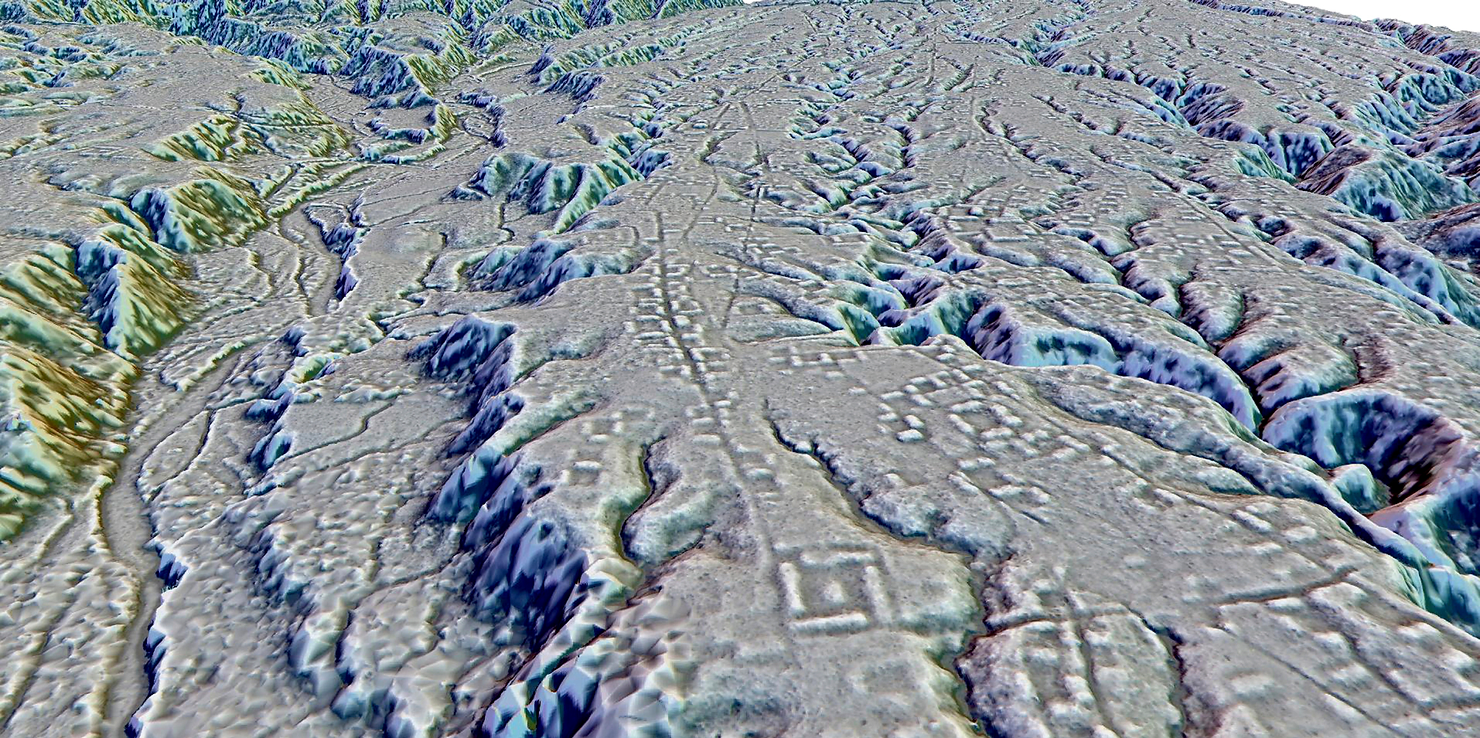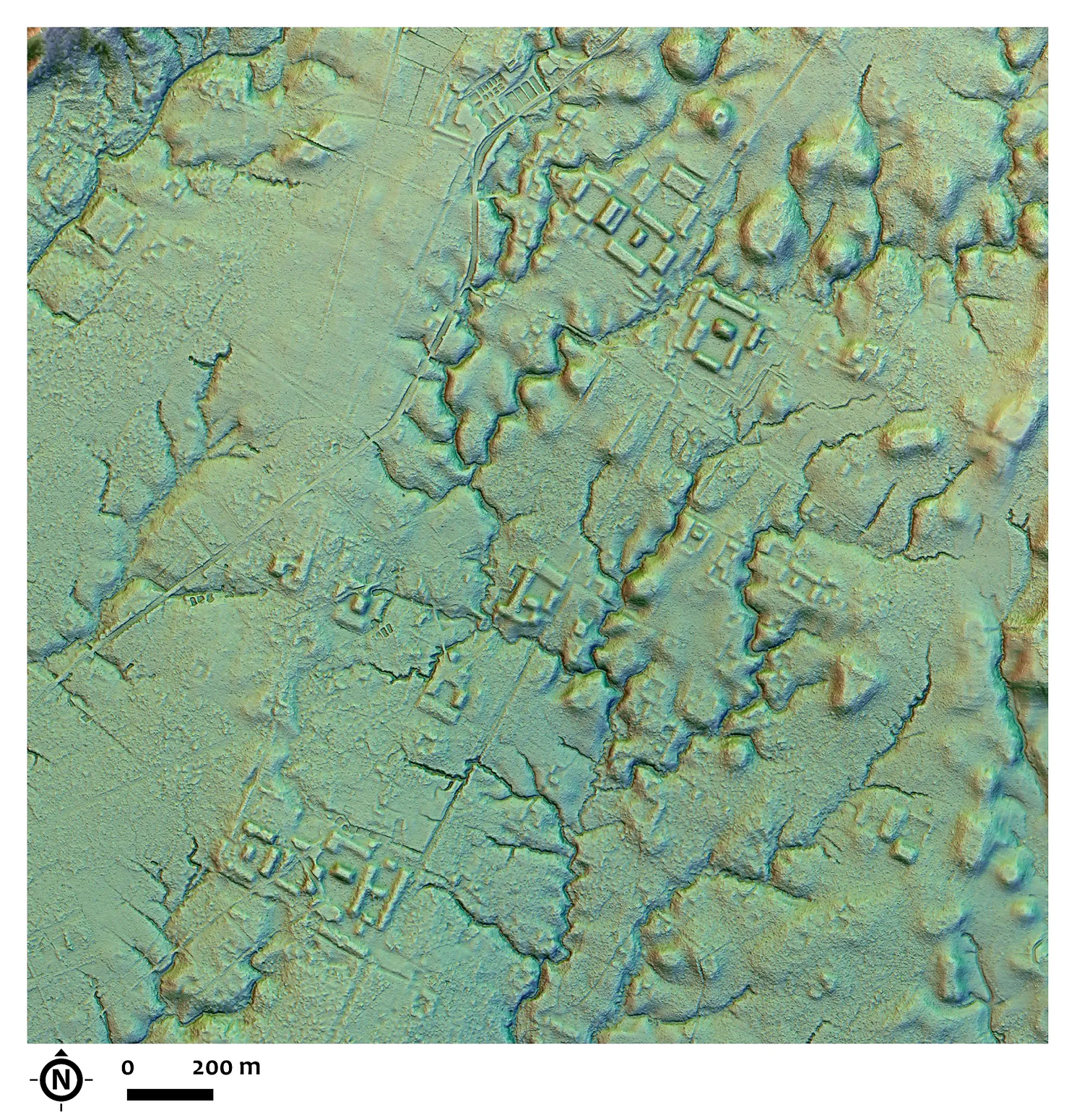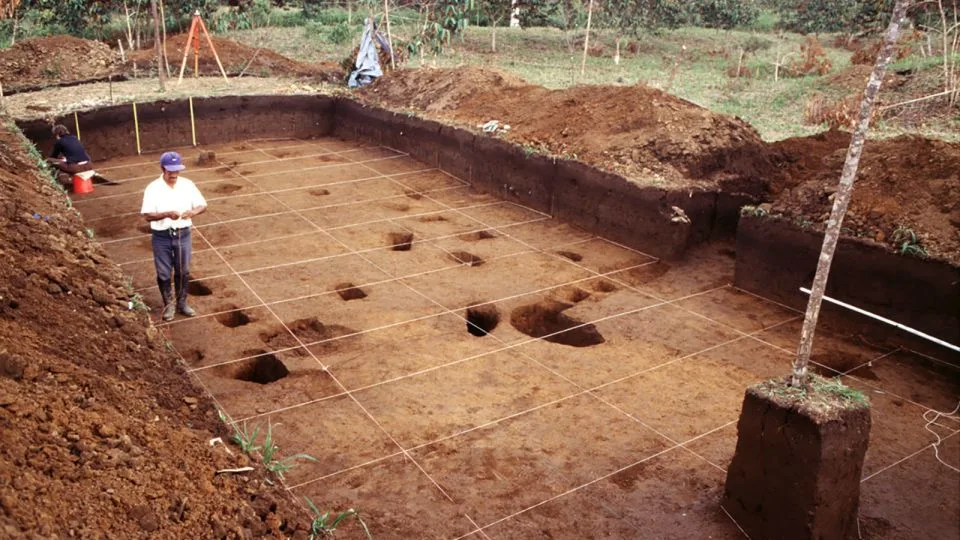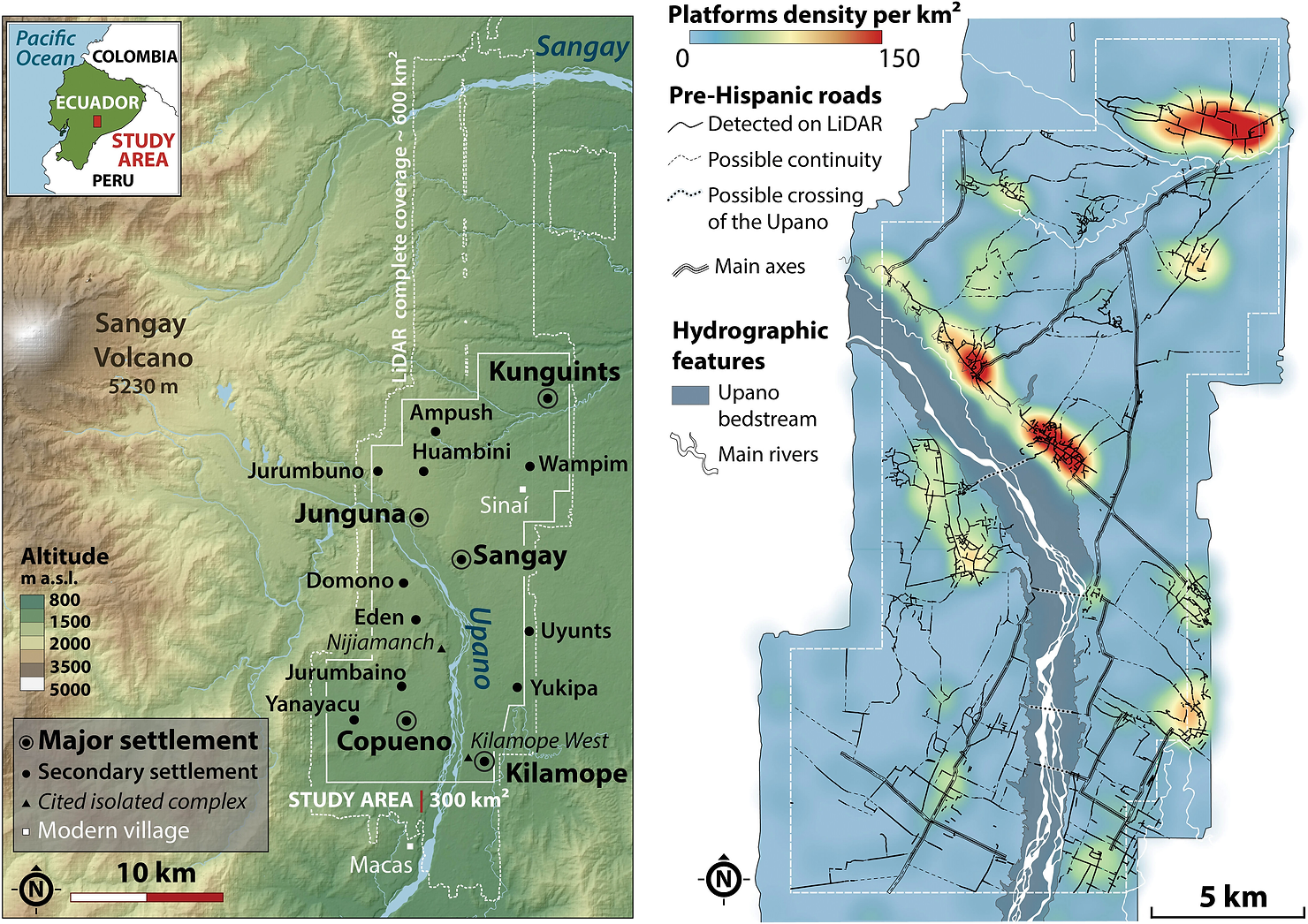In the dense rainforest of the Amazon, long thought to be a wilderness unshaped by human hands, a groundbreaking discovery has challenged this perception.
Recent research has uncovered evidence of a vast network of interconnected settlements that thrived over 2,500 years ago. These findings, published in the journal Science, shed new light on the ingenuity and complexity of pre-Hispanic Amazonian societies.
This ancient urban system, located in the Upper Amazon near the eastern slopes of Ecuador’s Andes, reveals a sophisticated civilization. Spanning centuries, this network featured monumental architecture, expansive roadways, and intensive agricultural practices.
The revelations, based on over two decades of interdisciplinary research, paint a vivid picture of a civilization that shaped its environment in profound ways.

The origins of this research date back to the 1980s, when archaeologists first identified significant archaeological sites within the Amazon. More recently, advances in light detection and ranging (LIDAR) technology allowed researchers to map a 300-square-kilometer area, revealing the largest urban network ever documented in Amazonia.
Stéphen Rostain, lead author of the study and a director at France’s National Center for Scientific Research, described the site as “a lost valley of cities.” At least 15 settlements were connected by a sophisticated network of roads, some stretching up to 20 kilometers and as wide as 10 meters.
More than 6,000 earthen platforms were documented, likely serving as plazas, ceremonial buildings, and homes. These platforms, integrated with roads and surrounded by terraced fields and drainage ditches, reflect a meticulously organized urban layout.
Related Stories
The settlements supported a dense population, estimated at 10,000 to 30,000 people during their peak. Rostain emphasized the scale and complexity of these communities, comparing them to Roman-era London.
Antoine Dorison, a co-author, noted the population density and societal sophistication, highlighting the site’s significance in understanding early Amazonian urbanism.
The pre-Hispanic inhabitants of these settlements, belonging to the Kilamope and later Upano cultures, were sedentary agrarian societies. They cultivated maize, beans, manioc, and sweet potatoes in fertile volcanic soils, capable of yielding up to three harvests annually even today. Starch grain analysis from pottery suggests they brewed chicha, a sweet beer, in elaborately decorated vessels.

Excavations uncovered domestic artifacts such as grinding stones, jars, and burnt seeds. Postholes, hearths, and intentional artifact deposits indicate that construction often included ritual activities. These findings reveal a culture deeply connected to its environment, shaping the land not only for survival but also for ceremonial and social purposes.
Rituals may have played a significant role in their architectural practices. The evidence suggests at least five distinct cultural phases, starting around 500 BCE. Despite interruptions, the communities demonstrated resilience, reoccupying and repurposing structures over centuries.
The settlements faced challenges from their volatile environment, particularly the nearby Sangay volcano. Towering over the region at 5,230 meters, Sangay’s eruptions significantly impacted the communities. Major debris avalanches from the volcano altered the landscape, yet human settlements persisted on these deposits.
The hypothesis that the Upano culture ended abruptly due to a volcanic eruption between 400 and 600 CE has been reconsidered. Radiocarbon dating shows varied timelines, suggesting that while eruptions affected the communities, they did not entirely destroy them. This resilience underscores the adaptability of these societies in the face of natural disasters.

This discovery challenges long-standing assumptions about Amazonia as a wilderness untouched by urban development. Unlike the stone-built cities of the Inca, Amazonian civilizations used mud as their primary building material, leaving fewer enduring traces.
José Iriarte, an archaeologist not involved in the study, compared this revelation to discovering another Mayan civilization but emphasized the unique cultural and architectural characteristics of the Amazonian settlements.
The findings highlight the dual heritage of Amazonia—its natural richness and its vibrant Indigenous history. They urge a reevaluation of preconceived notions, recognizing the region’s cultural complexity and the ingenuity of its ancient inhabitants.
The study’s authors hope their work will inspire further exploration and appreciation of the Amazon’s rich past. As Rostain put it, this research reveals “a staggering complexity and diversity” within a world that remains largely unexplored.

This remarkable urban network serves as a testament to the achievements of pre-Hispanic Amazonian societies. Their story, long buried beneath the rainforest canopy, reminds us of the depth of human history waiting to be rediscovered.
Note: Materials provided above by The Brighter Side of News. Content may be edited for style and length.
Like these kind of feel good stories? Get The Brighter Side of News’ newsletter.
The post Ancient interconnected network of cities found hidden in the Amazon appeared first on The Brighter Side of News.